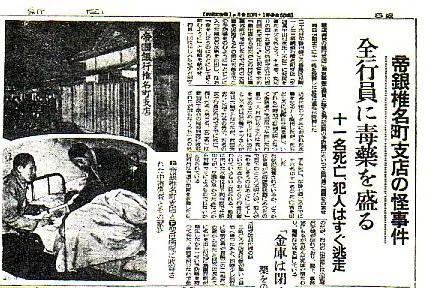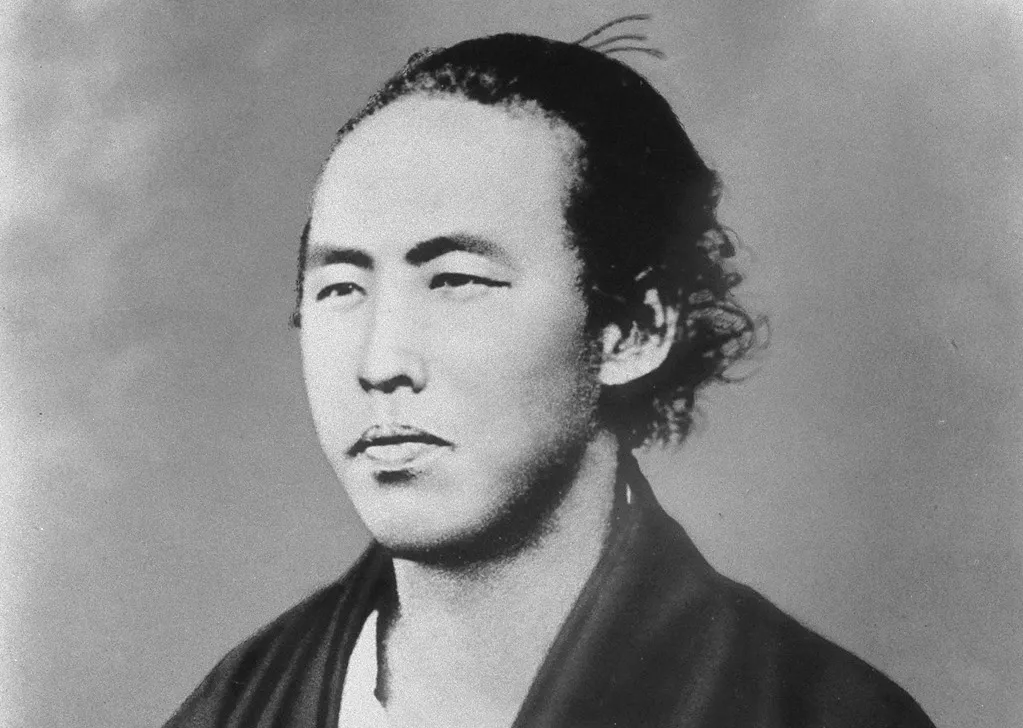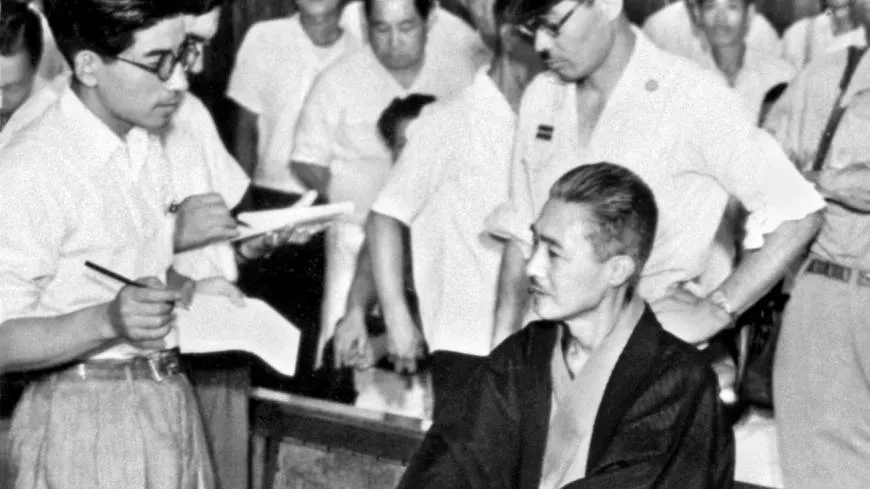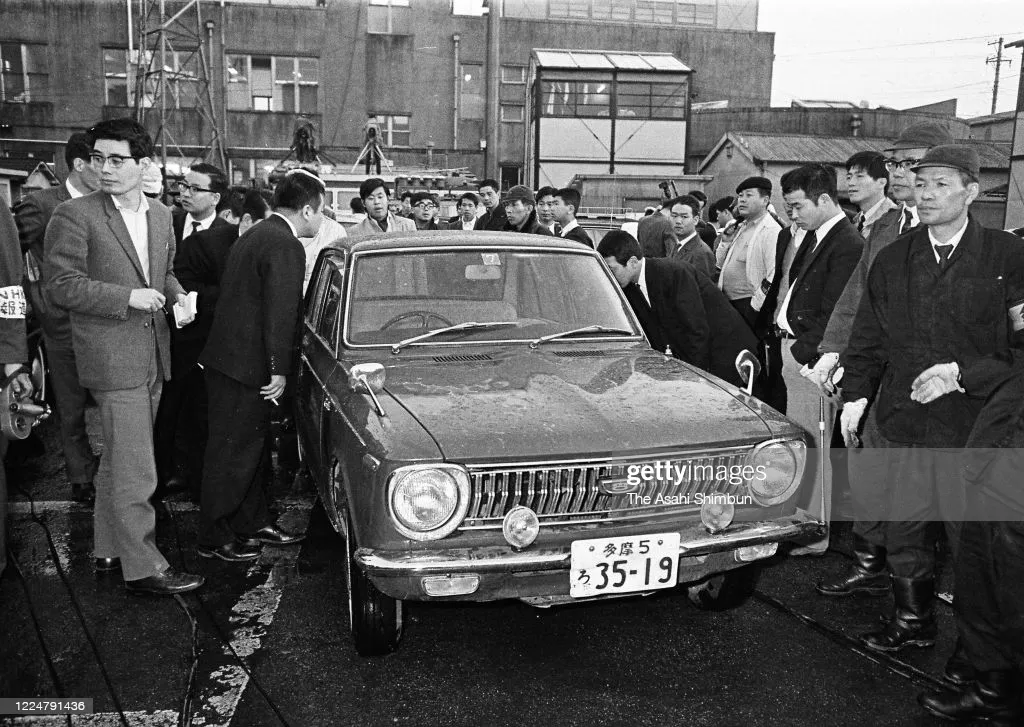Not only in here, it turns out that in Japan there are also quite several crimes that make law enforcers dizzy because of "slick" criminals, even the perpetrators of these crimes have not been caught until now. Well, among the many unsolved criminal cases in Japan, these 3 criminal cases are the most famous. Anything?
Also Read: 7 Signs A Narcissist Is Manipulating You
Omi-ya incident
For lovers of Japanese history, surely no stranger to the name Sakamoto Ryoma. Yes, he is an iconic Japanese figure who managed to reconcile the dispute between Satsuma (Kagoshima Prefecture) and Choshu (Yamaguchi Prefecture), helping them defeat the Shoguns.
But that's why Ryoma had many enemies, until finally on December 10, 1867, one month after the restoration of the empire, he was assassinated in Omi-ya (an inn and soy sauce shop) Kyoto along with his bodyguard, a former wrestler named Tokichi Yamada, and his friend, Nakaoka Shintaro. The bodyguards were the first to be attacked after opening the door for guests wishing to meet Ryoma. After the bodyguards fall, assassins enter and attack Ryoma and Shintaro. Ryoma died at the scene while Shintaro died 2 days later after being treated. Before he died, Shintaro had time to explain the incident, but unfortunately, he did not know who the person who attacked him was.
Several months later, the suspect Kondo Isami was finally executed. Kondo Isami is the leader of the Shinsengumi, a special police team from Kyoto that guards the Shogun. In 1870, Imai Noburo, a former member of a rival pro-Shogunate named Miwarigumi confessed to killing Ryoma along with members of his group. However, this claim is doubtful. The real killer's identity has not been proven, and this Japanese criminal case is still a matter of debate among historians to this day.
The Teigin Case
The next unsolved Japanese criminal case is the Teigin Case. After more than 3 decades since being sentenced to hang, a 95-year-old prisoner named Sadamichi Hirasawa died of pneumonia in 1987. Found guilty of theft and mass poisoning, this painter spent 32 years of his life awaiting the death penalty. Even so, none of the Ministers of Law at that time was willing to sign his death history because of the many rumors about his wrongdoing.
Hirasawa was accused of committing a crime around the closing hours of the Teikoku Bank (Teigin) on January 26, 1948. A man claiming to be an epidemiologist gave a business card bearing Doctor Shigeru Mitsui to a bank employee. The man said he was sent by the American government to deal with the dysentery outbreak that was going on at the time. Sixteen people present at the venue were each given an "antidote" and 12 of them died after taking the drug. The man later disappeared with 160,000 yen in cash. Surprisingly, he left 180,000 yen left.
Since the real Dr. Matsui had an alibi, the police tracked down Hirasawa, who received the business card from Dr. Matsui a few months earlier. When the police came to him, he said the card was missing, leading the police to suspect he was the one who poisoned people by posing as Dr. Matsui and taking him into custody. Although there is no concrete evidence, this artist was interrogated and tortured for weeks until he finally confessed. However, his defense says he suffers from an amnesiac disorder called Korsakoff psychosis, putting his confession into doubt.
Because of this, many people think Hirasawa is just a victim of wartime Japanese researchers in the chemical and biological weapons division, Unit 731. It is said that they were granted immunity from the Americans after World War II ended on the condition that they must collect data through human experimentation. David Peace, the author of Occupied City, a book based on the Teigin incident, believes that "crimes like this can only happen during occupations." He had indeed written this book in hopes of "solving this case," but in the end, the only thing he believed in was Hirasawa's innocence.
300 Million Yen Robbery
One morning some 50 years ago, a robber disguised as a police officer convinced 4 bank employees that a truck carrying bonuses for workers at Toshiba was about to explode. As they were about to leave, he followed and snatched up 300 million yen. This is the biggest bank robbery in Japanese history.
A few weeks after the incident, several bomb threats were sent to the manager of Nihon Shintaku Bank. The staff had been informed of this, so when the uniformed robber said that their boss's house had been blown up, they believed him. He failed to remind them to retreat because dynamite had been stored in their car.
The robber then headed under the van to investigate while lighting a warning fire. He then went from there to Fuchu Prison. To leave his mark, he abandons the van and flees in stolen cars. He also left 120 pieces of everyday items to give the police a headache.
This lengthy and extensive (but fruitless) investigation resulted in a list of as many as 110,000 suspects. Two police officers reportedly died from exhaustion. All these efforts were ultimately in vain due to the issuance of the law on limitations which ended in December 1975.
It's scary, it hasn't been discovered until now. So, what do you think about this Japanese criminal case? Do you have any theory or suggestions to solve this case?
Source: Tokyo Weekender
Keywords: japanese criminals, famous criminals, japan, omi-ya, the teigin case, 300 million yen robbery



